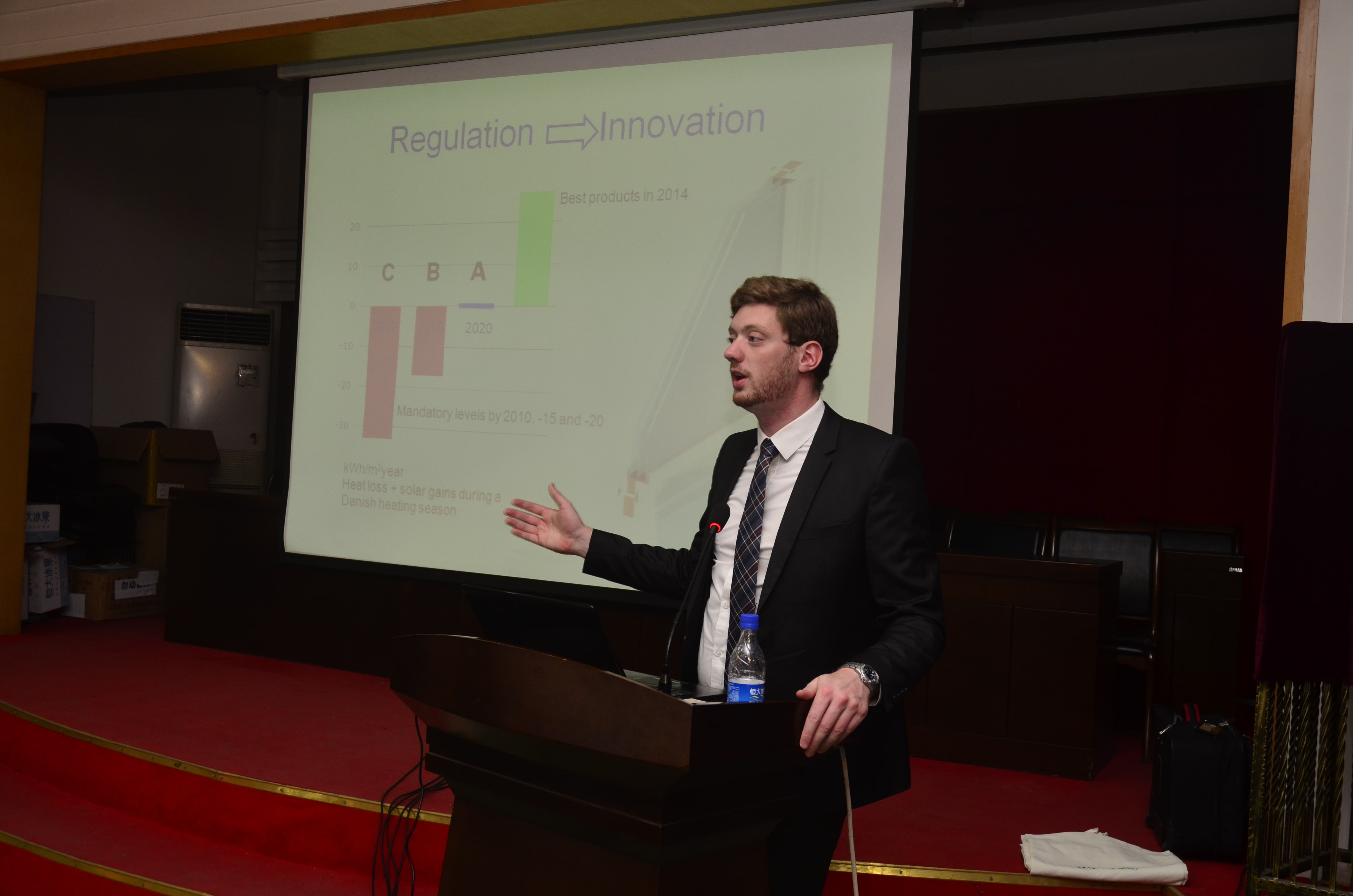Topic: Costing in a stock-turnover Transport model when both device cost and O&M cost differ Subscribe | Previous | Next
Hello LEAP team!
I have a question regarding cost in the Transport stock-turnover model.
I am trying for project the costs between different car technologies. For now, I'll use EV and Petrol cars as examples
EV sales cost follow a trajectory which is defined and is different from the petrol car. This leads to Device cost method in LEAP (as suggested)
However, the non-fuel O&M for EV's are typically 60% lower per year than for petrol cars. This alone suggests Activity cost method.
I'd like to include both. The nearest I seem to come is to annualise the sales cost and the use Total cost in LEAP, but as I understand this method is not applicable to stock-turnover analysis (the annualised sales cost has fixed years and thus does not take Survival rates and Scrappage into account).
Then what to do? O&M is not dependent on fuel use, so I cannot hack my way around like that. I seemingly cannot just add it to the cost as it would be counted in the Device cost.
Anyone have experience with this conundrum?
Thanks,
Gregers
Hi Gregers,
I think your best bet would be to use the Demand Cost variable to calculate one of the costs (either the capital costs using the Device Cost method, or the non-fuel O&M cost using the Activity Cost method), and to use an Indicator branch to calculate the other cost. You can also create another Indicator to sum the two costs together.
To use Indicators, first enable it through Basic Params: Scope & Scale: Scope. Then, add a new Indicator branch and enter its name/units. Next, update the expression field with your equation. For example, if you want to find the total capital costs for each year, enter an expression which multiplies the cost per device by the result variable for annual device sales (you can navigate to this result variable called Demand:Device Sales through the Branch/Variable wizard). In this example where the device cost is $15,000, you may have an expression that looks like this:
Device Cost Indicator: Demand\Cars\Internal Combustion Engine\Gasoline:Device Sales[Building] * 15000
Hope this helps!
Emily
As far as I can read in the Indicator description, I cannot calculate in Indicators and add to costs in demand, because Indicators are calculated last.
This mean, if I want to compare costs between scenarios, I cannot use costs calculated in Indicators. Is this understood correctly?
I'm thinking, maybe I can make the calculation of Sales * SalesCost + Mileage * O&MCost (given per mileage) directly in the Costs and define as Total_costs.
Am I thinking that wrong?
Gregers
Hi Gregers,
Sales and Mileage are results variables which cannot be referenced in the Demand Costs variable (if you try this, it will give you an error message). This is why using Indicators works best in this particular case - it can act like the Demand Cost variable and use the results to calculate the costs. Just like the Demand Cost variable, Indicators can be compared between scenarios.
Thanks,
Emily
Emily



